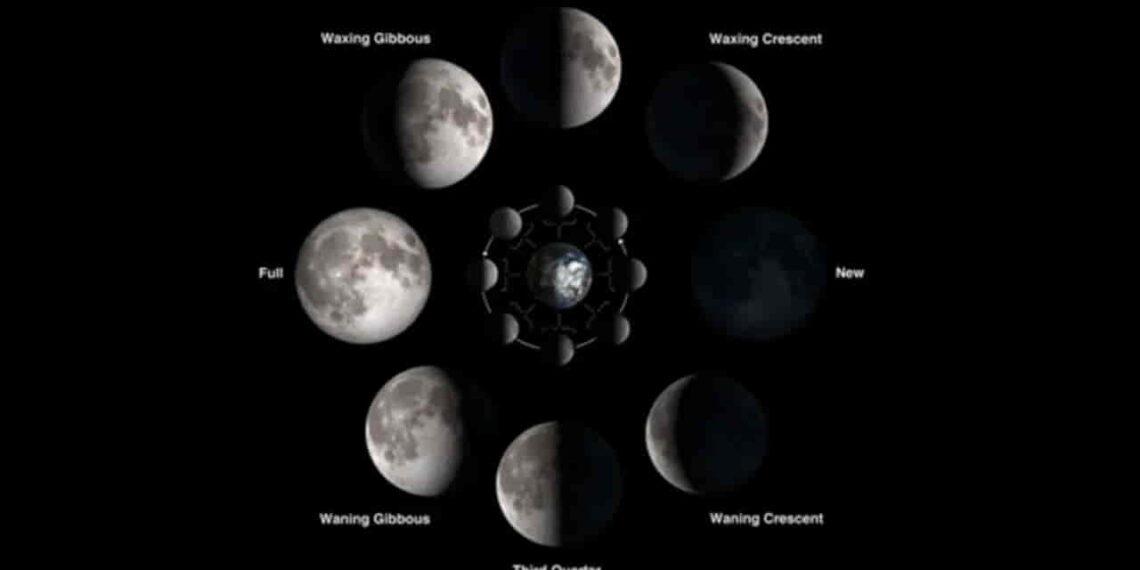Rare Black Moon to Rise as 2024 Comes to a Close
As the year 2024 comes to an end, skywatchers and astronomers will have the chance to witness a rare celestial event: a Black Moon. This unique occurrence will take place on December 30, offering a perfect opportunity for stargazing and observing distant celestial objects.
What Is a Black Moon?
A Black Moon refers to the second new Moon in a single calendar month, a phenomenon defined by TimeAndDate.com. Unlike a typical full Moon, the Black Moon is nearly invisible because its illuminated side faces the Sun, while the night side faces Earth.
NASA explains that during this phase, the Moon is positioned between Earth and the Sun. This alignment makes the Moon appear absent from the night sky, earning it the nickname “invisible Moon.”
The Timeline of the Event
- December 30: The Black Moon will occur.
- January 6: The Moon will progress to its first-quarter phase, becoming more visible in the night sky.
Astronomical Significance of a New Moon
New Moon nights, including Black Moons, are ideal for astronomers. The absence of moonlight creates a dark canvas, allowing celestial objects—such as distant stars, galaxies, and nebulae—that are usually hard to see to become much clearer.
During this phase, the Moon’s shadow is cast over Earth when it aligns directly between Earth and the Sun, as seen during a solar eclipse. This lack of brightness enhances the visibility of other cosmic wonders.
Understanding Lunar Phases
The Moon’s appearance changes throughout the month in a series of stages, known as phases. Each phase, from the new Moon to the full Moon and back, has a distinct name and characteristic appearance.
The Black Moon, as the starting phase of the lunar cycle, serves as a reminder of the intricate dance between the Moon, Earth, and Sun.
Don’t Miss It!
Whether you’re a professional astronomer or simply a lover of the night sky, the Black Moon on December 30 is a must-see event. Mark your calendar, and enjoy this rare chance to experience the universe in greater clarity.
This article was rewritten by JournosNews.com based on verified reporting from trusted sources. The content has been independently reviewed, fact-checked, and edited for accuracy, neutrality, tone, and global readability in accordance with Google News and AdSense standards.
All opinions, quotes, or statements from contributors, experts, or sourced organizations do not necessarily reflect the views of JournosNews.com. JournosNews.com maintains full editorial independence from any external funders, sponsors, or organizations.
Stay informed with JournosNews.com — your trusted source for verified global reporting and in-depth analysis. Follow us on Google News, BlueSky, and X for real-time updates.














